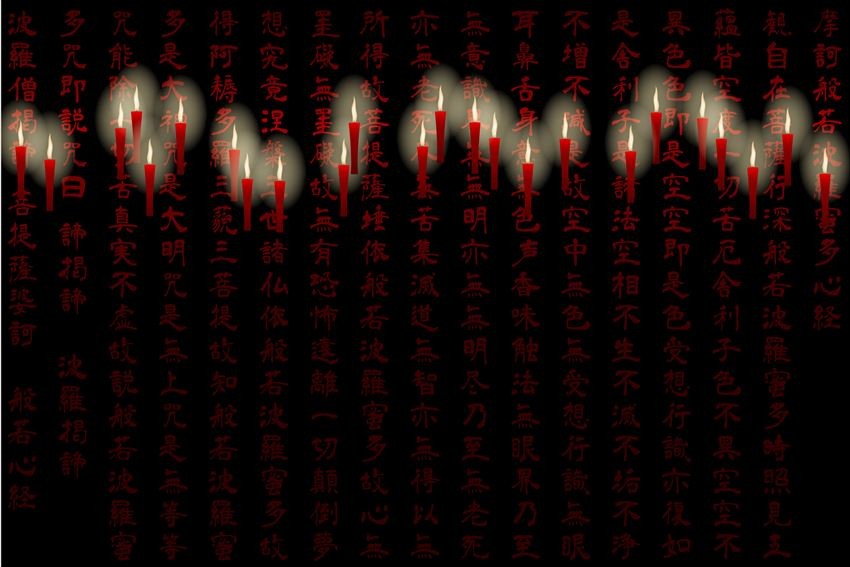
Welcome back to late-night series of "Horror and Mystery" in Japan. As July approaches, you might notice some preparation in Tokyo for Obon. In this installation, we will delve into the mystery of Obon, from its origins to the practices in current incarnation.
Previous Article:
Horror Stories to keep you chilled in Summer
Horror and Mystery Series Vol. 1: Japanese Phenomena
What is Obon?
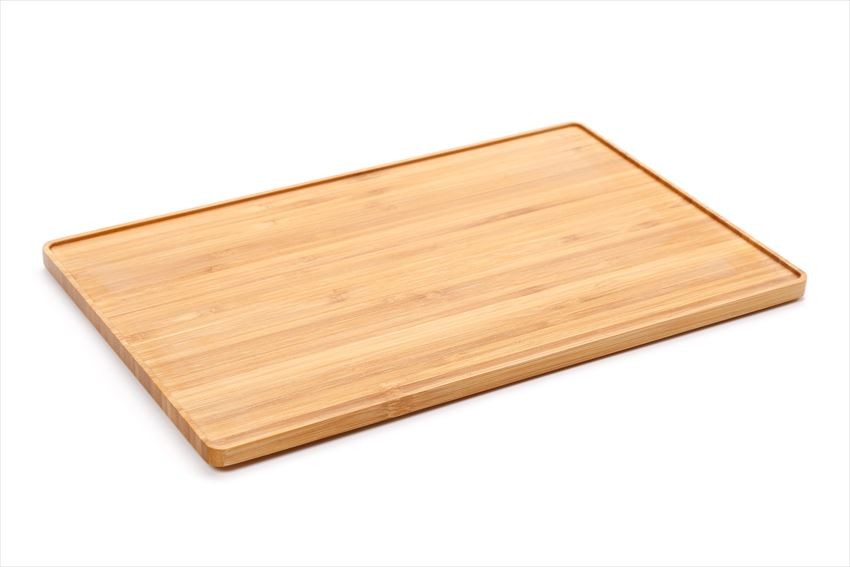
To put in bluntly, Obon (お盆) or Bon (盆) is a rather flat vessel similar to tray, as you may heard of trees growing in such a vessel called Bonsai (盆栽). But it also refers to Bon Festival; a period of honoring one's own ancestors. But where did it originate from?
Origin: Ullambana Sutra, Tale of the Feast of Ghosts
Ullambana Sutra is a tale of Mahayana Buddhism, depicting the conversation between Moggallana (right hand disciple of Buddha) and Gautama Buddha regarding the means to relief Moggallana's deceased mother from the suffering in the realm of hungry ghost. Buddha instructed Mogallana to make offerings to monks from all 10 directions on the full moon day of the 7th lunar month, coincided with the end of summer retreat in Mahayana sect.
Integration into Chinese culture
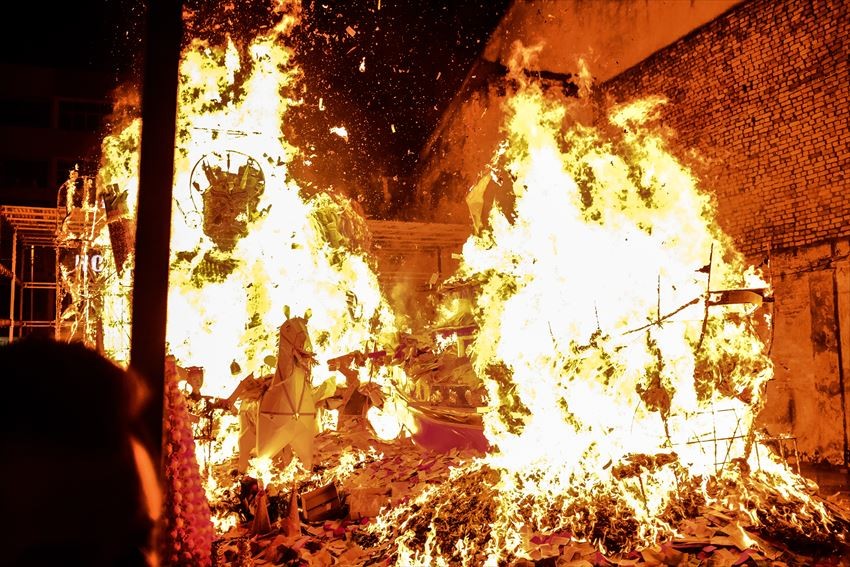
The Ullambana Sutra is called Yulanpen Sutra (盂蘭盆經 or 盂兰盆经) in Chinese. Although the core idea has not changed much from the sutra (honoring and relieving ancestors), the feasts are offered directly for the spirits rather than through the monks. The vessels to hold the food in the offerings are basin-like flat objects; a clever way to incorporate the Chinese script “盆” from the sutra into the event. The offerings are burned so the spirits can touch them.
Observation: Theravada Buddhism has a similar tale and resulting Ghost Festival but depicted about Sariputra (left hand disciple of Buddha). Also, due to the difference between Chinese Lunar Calendar (one month late from Gregorian Calendar) and other Lunar Calendar (One month early), similar ghost festivals are observed from as early as July and as late as October. But two things are common: it is the period where the spirits return to the realm of the living, and the foods are offered for them.
Into Japanese Bon-Festival
Chinese culture spread into Japan during Nara period, and later in Heian period Japan closed off and started to develop its own culture. While the similar traditions are observed, the name Urabon-e (盂蘭盆會) is shortened into only “Obon” (お盆) or Bon festival, and the event date is simplified to fit Gregorian Calendar. In some parts of Japan, such as Tokyo, they follow the sutra by the texts and hold Bon festival on the 15th of July (full moon day is the 15th in Lunar Calendar), while other parts consider the one-month-late differences and hold on the 15th of August.
What Japanese do during the Bon Festival
Officially, the spirits start to come into the realm of the livings on the 1st day of the Bon festival month (July in a few regions, August for most). The day is called Kamabuta-Tsuitachi (釜蓋朔日). Since spirits will travel through many passages such as seas, mountains, rivers, etc., Japanese have a saying that do not go to the seas, ponds, lakes, rivers during this time…
Tanabata, once a part of Bon Festival
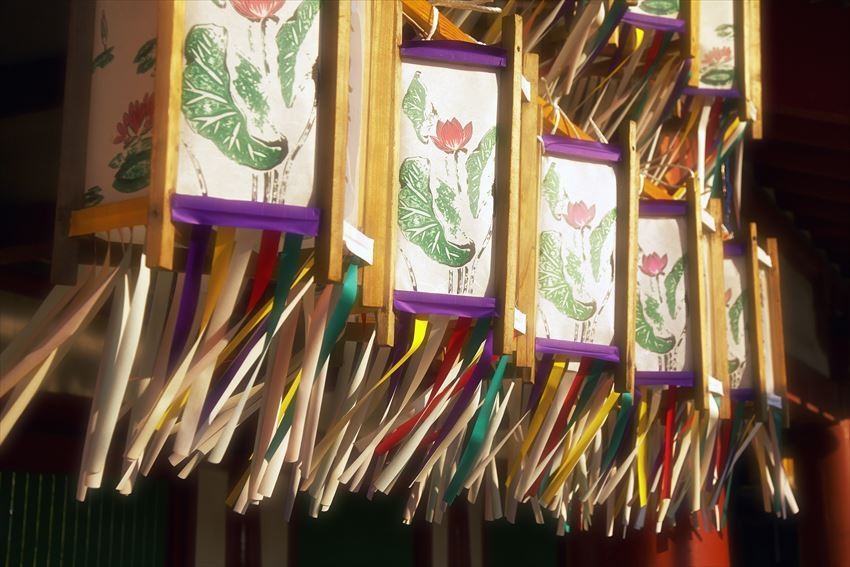
Bon festival is integrated into both Shinto and Japanese society, and Shinto Ceremonial can also be observed. A Miko would weave a special cloth for used in Bon festival on the loom called Tanabata (棚機) as early as on the 7th of July.
When the Tales of Kikkoden (乞巧奠, Chinese tale of cow herder boy and weaver princess adopted by the imperial court during Nara period) became popular for the public in Edo period, they found similarity between Orihime, or the weaver princess, and the Miko weaving special cloth, both on the same day. Thus Tanabata festival was born; written as 七夕 from the original (Qixi 七夕节 or Qiqiao 乞巧奠), but read as “Tanabata” from the weaving loom.
When majority of Japanese shifted the date of Bon festival into August, the two festivals became separate events, but people continue to use that name even now.
Welcoming Fire, Send-off Fire and Offering
On the eve of the 13th, a Mukaebi (迎え火) or Welcoming Fire is lit and the food offering Sonaemono (供え物) are placed for the ghosts to consume. The offering area mixture of eggplants, cucumber and rice. In some regions, instead of a mixture, eggplants and cucumbers are made into miniature horses and cows. Some even make a small boat full of offerings. Unlike Chinese counterpart though, Japanese do not burn the food or money offerings.
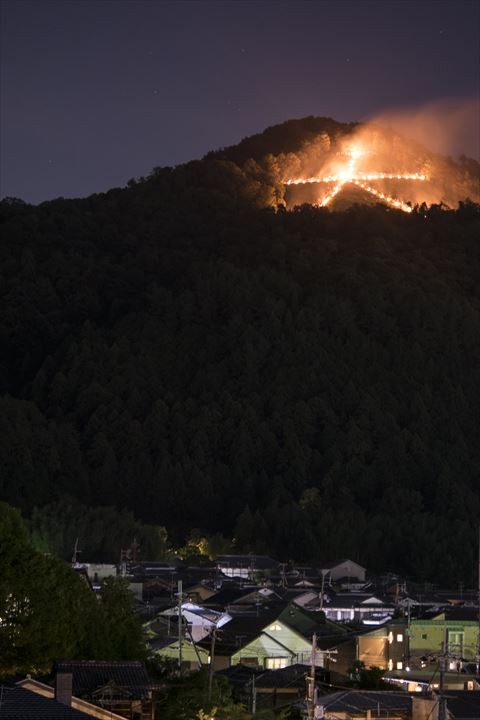
One day before the day of Sending-off Fire is called Chuunichi (中日) and Japanese will visit the graves of their ancestors. Then on the next day, Okuribi (送り火) is lit and Bon-odori (盆踊り) or Bon Dance is held from the night into the morning and a happy send-off for their ancestors to return to the other worlds. The famous Five Mountains Sending-off Fire (五山送り火) can be seen from Kyoto.
First Bon
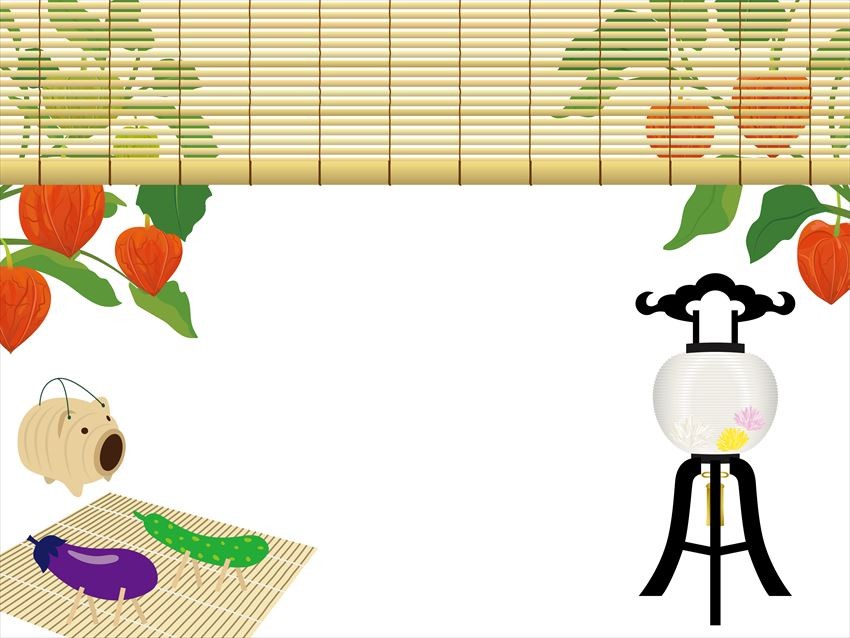
There is also a tradition to have special treatment for the deceased one’s first Bon, called Hatsubon (初盆, sometimes read as Uibon) or Shinbon (新盆, sometimes read as Niibon or Arabon). For anyone who have deceased for more than 49 days, the first Bon there will be a white paper lanterns decorating either on the west entrance, altar or at the graves.
Still want more?
As a Horror and Mystery series, we have stocks of interesting topics along with scary stories ready every week. But if you want to hear about certain story, you can request to us, and we will delve into the depth… and report back as soon as we can! In the next episode, we will tell the tales of strange phenomena and experiences around Bon festival period itself!
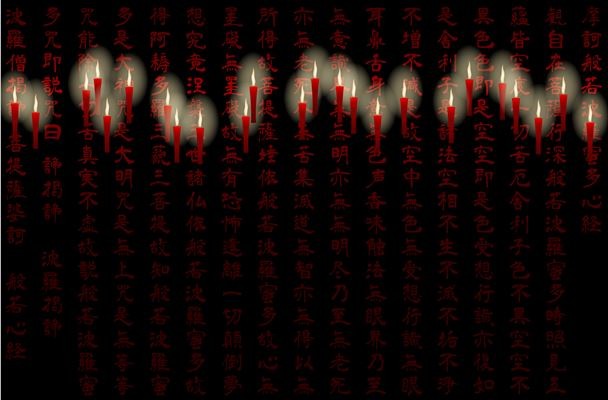
Comments